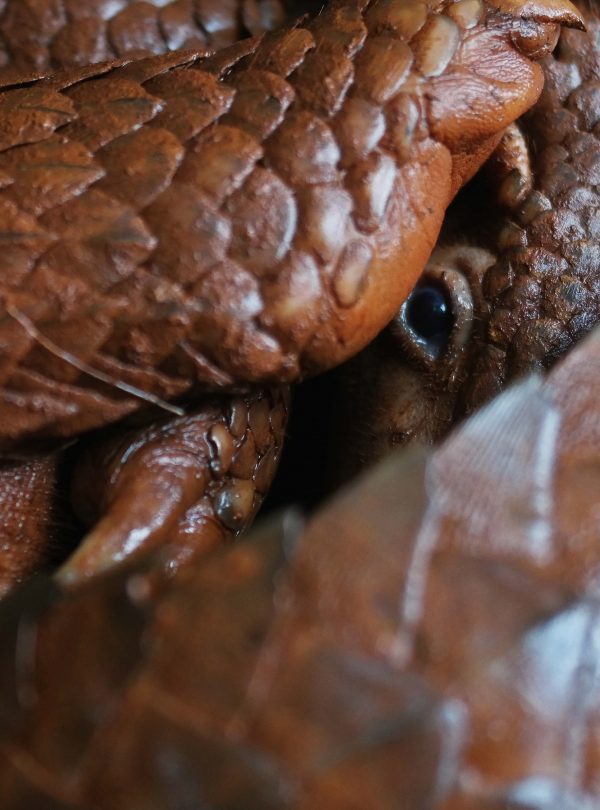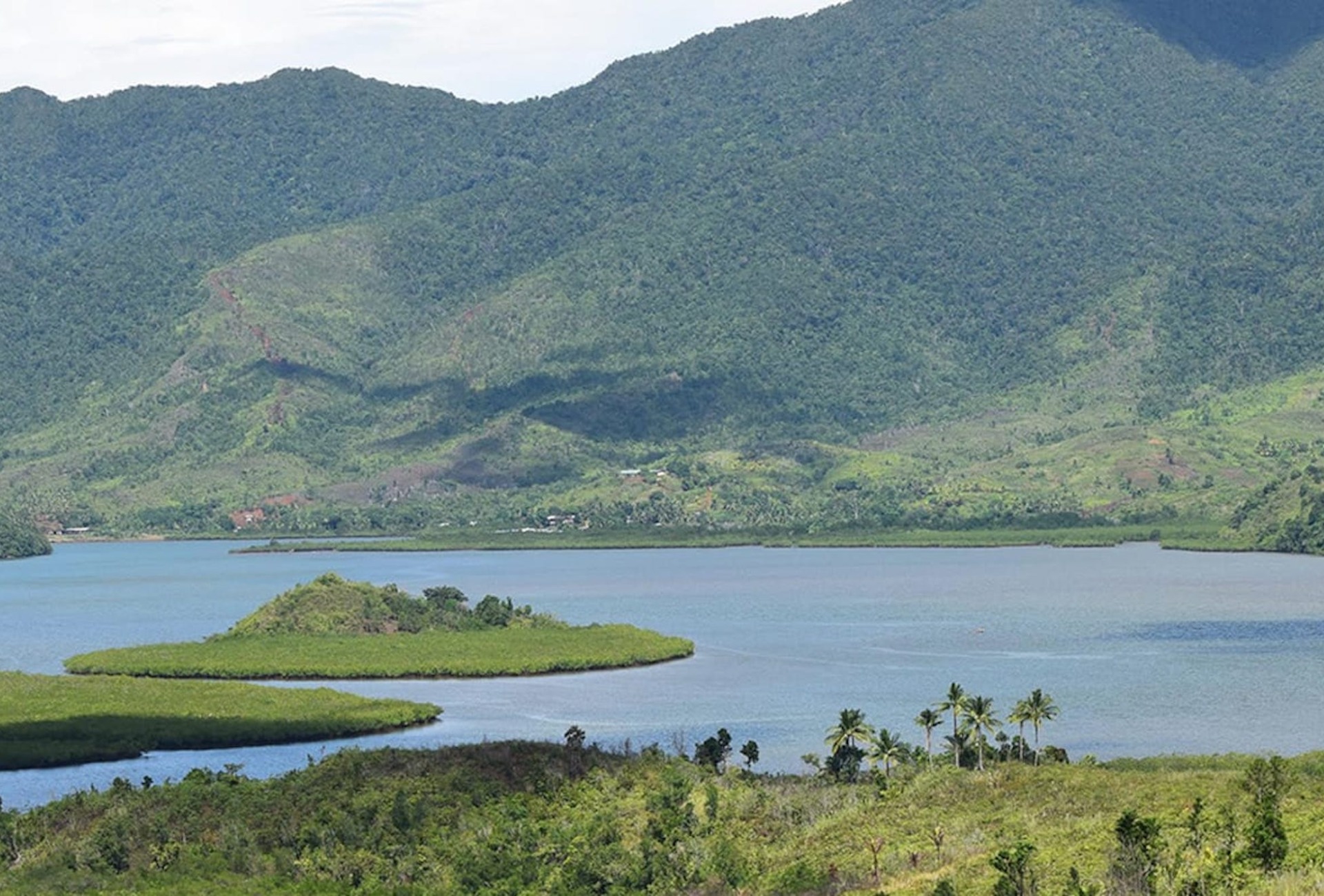
Safeguarding the Endangered Rats and Bats of Dinagat
Support More Work Like ThisSupport More Work Like ThisThe Philippines contain an astounding variety of habitats, including lowland tropical rainforest, wetlands, mangroves and thousands of miles of coastline.
-
Species at Risk
Dinagat Bushy-tailed Cloud Rat (CR), Dinagat Gymnure (EN), Giant Golden-crowned Flying Fox (EN), Philippine Tarsier (NT)
-
Carbon stored
Not Calculated*
*(metric tons of CO2 equivalents) -
Partner
Green Mindanao
-
8,357 Proposed Acres Conserved by
Designation
Please note that your donation may not be immediately reflected in the funding thermometer above.
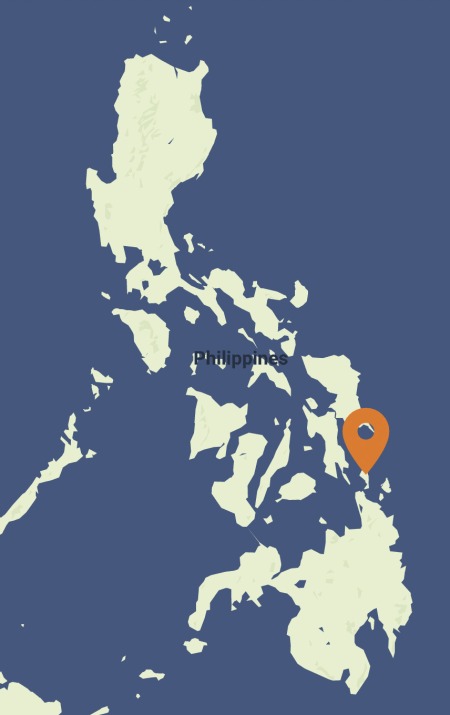
8,357
The Philippines contain an astounding variety of habitats, including lowland tropical rainforest, wetlands, mangroves and thousands of miles of coastline.
-
Species at Risk
Dinagat Bushy-tailed Cloud Rat (CR), Dinagat Gymnure (EN), Giant Golden-crowned Flying Fox (EN), Philippine Tarsier (NT)
-
Carbon stored
Not Calculated*
*(metric tons of CO2 equivalents) -
Partner
Green Mindanao
-
8,357 Proposed Acres Conserved by
Designation
Please note that your donation may not be immediately reflected in the funding thermometer above.

8,357
Composed of a sprawling network of more than 7,000 islands, the Philippines contain lowland tropical rainforest, wetlands, mangroves and thousands of miles of coastline. The astounding variety of habitats makes the country a thriving hotspot for biodiversity with the highest rate of new animal species being discovered, as 15 new mammal species were discovered just in the last 10 years.
Despite the nation’s incredible biodiversity value, many of its natural resources remain unprotected. Smaller islands within the Philippines are rich in rare and endemic species, like Dinagat Island off the north coast of Mindanao, and they are particularly at risk. Recognized as a Key Biodiversity and Important Bird Area with several rare and endemic species, Dinagat Island remains without any formal government-sanctioned protected areas. The island provides a haven to the Critically Endangered Dinagat Bushy-tailed Cloud Rat, the shrew-like Dinagat Gymnure (also known as the Dinagat Moonrat) and an endemic form of the Philippine Tarsier.
To save the island’s unique and endangered wildlife, Rainforest Trust is working with local partner Green Mindanao to create four new protected areas that will secure much-needed forest and coastal habitat. Given the global downturn in commodities, the locally progressive government is poised to seize this opportunity to work together with local mining companies for the mutual benefit of both conservation and sustainable development on Dinagat Island.
Explore the Philippines
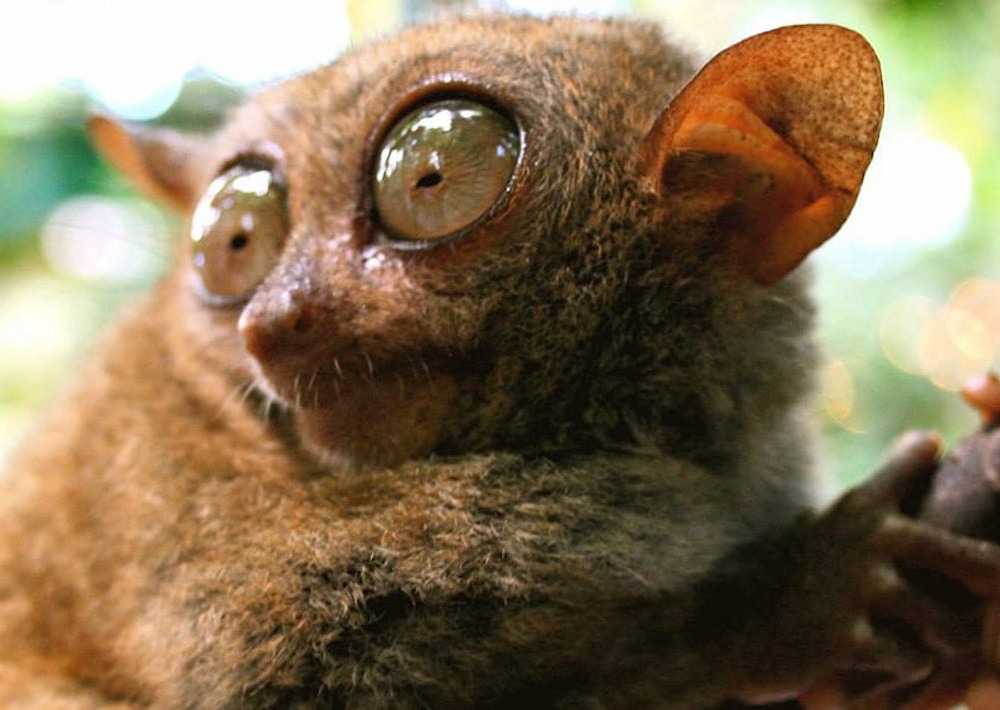
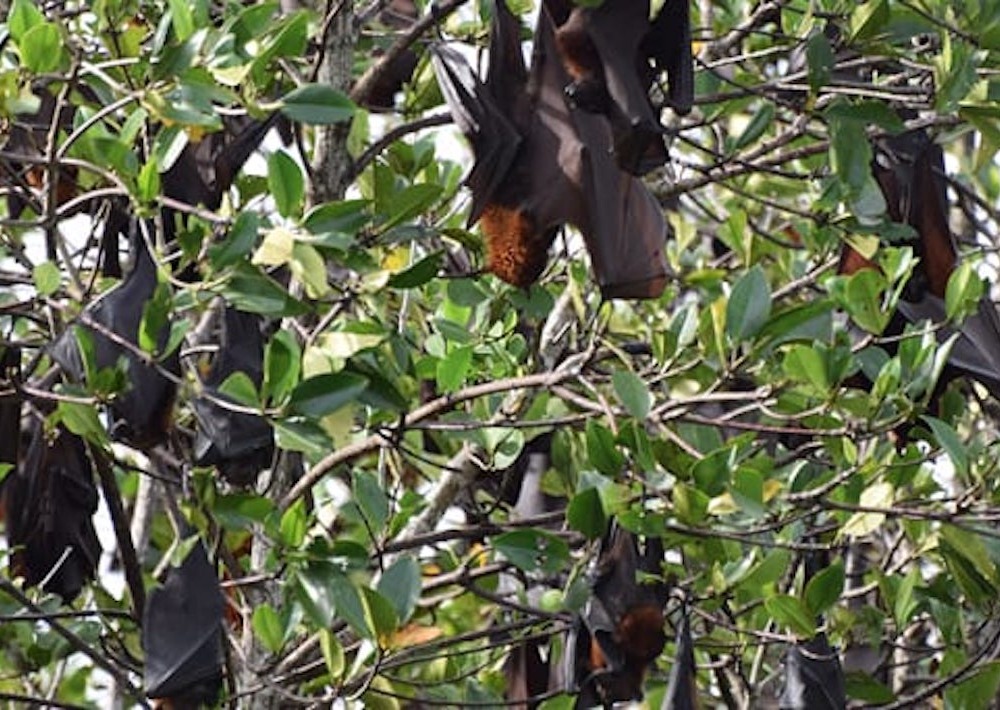

Biodiversity
The four proposed protected areas are home to a wealth of unique and rare wildlife species.
Known for its lush rainforests, Dinagat Island is home to 400 plant and over 100 bird species, including the Vulnerable Philippine Duck and Mindanao Broadbill and the Near Threatened Writhed Hornbill. Twenty species of vertebrates and 13 species of plants that occur here are threatened with extinction. The four proposed protected areas are home to a wealth of unique and rare wildlife species. Found only in the Philippines, the Endangered Giant Golden-crowned Flying Fox, one of the largest bats in the world with more than a five-foot wingspan, today faces the real possibility of extinction due to poaching and destruction of forest habitat. Additionally, the targeted areas will safeguard at least two incredibly rare and endemic species of rodents, including the Critically Endangered Dinagat Bushy-tailed Cloud Rat and the Endangered Dinagat Gymnure. Also found in the area, the Near Threatened Philippine Tarsier may soon be classified as a distinct and threatened species of primate. A wide variety of marine life is also found along Dinagat Island’s many bays, lagoons and coastal habitats, such as Dugongs, Manta Rays, Whale Sharks, sea turtles and dolphins.
Challenges
The primary threat to the wildlife of Dinagat Island is from open pit mining in search of raw chromite and nickel for export.
Other detrimental activities include hunting, illegal timber felling and the making of charcoal, as well as agricultural expansion and land conversion for industrial purposes.
Communities
Local communities on Dinagat Island rely primarily on farming, fishing, timber and mining, as well as small-scale seaweed cultivation.
Challenges remain to incorporate hunters, loggers and charcoal makers into the conservation process, but local leaders, communities and other stakeholders are widely supportive of the new protected areas. Led by teachers, church workers and local indigenous groups, there is a palpable desire for conservation and sustainable development on Dinagat Island, as evidenced by community-led protests against destructive mining companies. In addition, environmental education and outreach activities such as campaigns, competitions and festivals commonly highlight environmental and social awareness.
Solutions
To ensure a future for Dinagat Island’s remarkable biodiversity, Rainforest Trust is working with its local partner Green Mindanao to protect 8,357 acres.
This effort will establish four new protected areas that will serve as refuges for the island’s unique and endemic species. A management council composed of representatives from the municipal government and local people will oversee the new protected areas, and forest guards and local police will be involved in enforcing new regulations. Incorporating these new protected areas into the wider Dinagat Conservation Areas scheme will help secure funding and technical support in the long term. A newly elected anti-mining congresswoman native to the island along with local officials are negotiating with mining interests to select where the new protected areas will be established. So far, these officials have secured the approval of nine out of 10 participating mining companies. Financial support will be utilized to map and delineate the new protected areas, as well as enable workshops for management and protection training. Patrol equipment, ranger stations, wildlife habitat assessments and policy adoption are key components of this project. Creating this new network of protected areas with the support of local communities is a major step forward to ensure a lasting future for Dinagat Island’s remarkable and rare species, many of which are found nowhere else on the planet.
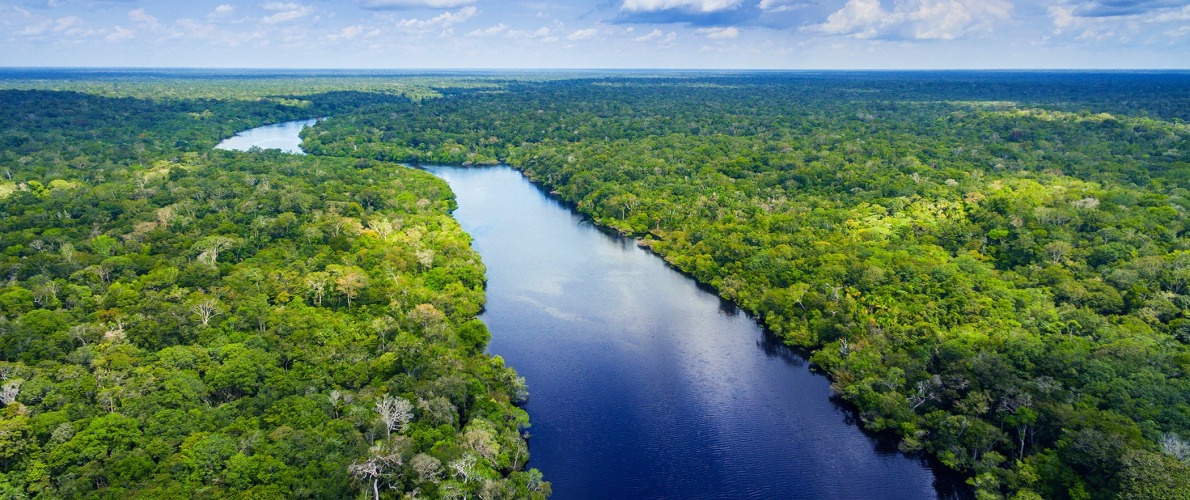
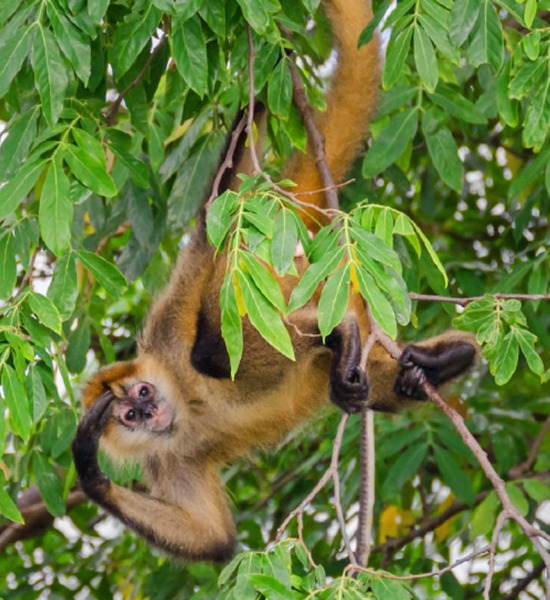
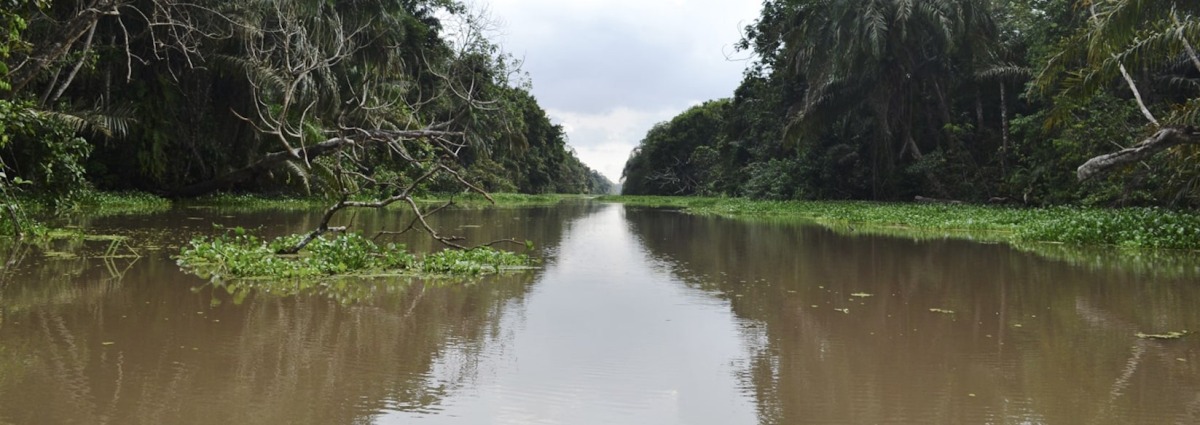
Partnering to Save the Rainforest
Our partners’ ability to work with their governments and build strong connections with local communities ensures the successful implementation of our projects.
Learn More About This PartnerLearn More About This PartnerSign up to receive the latest updates
"*" indicates required fields
100% of your money goes to our conservation efforts
Our board members and other supporters cover our operating costs, so you can give knowing your whole gift will protect rainforests.

